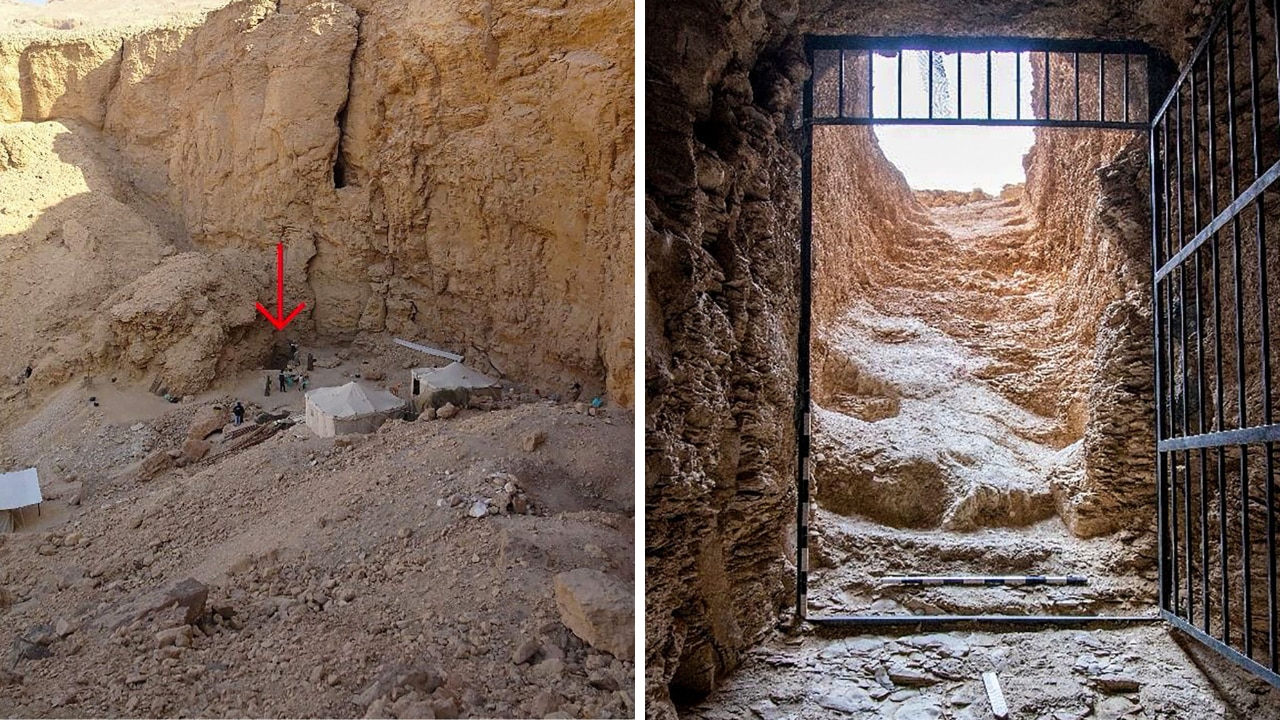Study shows Stonehenge’s iconic bluestones may have been chosen for their musical qualities
IT’S been called a giant sundial. Or a temple for human sacrifice. But researchers now think Stonehenge was a giant xylophone.

IT’S been called a giant sundial. Or a temple for human sacrifice. But researchers now say Stonehenge may have been a giant stone xylophone.
Essentially, it may have been then as it is now — a giant party place.
And it really could all have been about rock music.
A team of sound specialists from London’s Royal College of Art say they have discovered a previously unreported feature of many of the iconic standing stones.
When struck, they make a clear, loud noise.
THE SOUND OF THE STONES: Listen here.
These unusual acoustic properties may, in fact, have been why the particular grey-black volcanic boulders — commonly called bluestones — were selected from a West Wales hilltop more than 250 kilometres away and dragged to the remote plain on a bend of England’s River Avon.
“People say, ‘Why did they bring the bluestones to Stonehenge?’,” said Paul Devereux, an author of the study published in Time and Mind: The Journal of Archaeology, Consciousness and Culture.

“Rocks are all over the place,” he added. “You don’t have to cart them 160 miles.”
The find was the result of an effort by art instructors to broaden the horizons of their digitally-obsessed students.
They wanted to take students back to a simpler time — as far back as possible, in fact. The Stone Age.
The college took a tour of Carn Menyn ridge which was the source of some Stonehenge megaliths.
The study asked: “What might Stone Age eyes and ears have perceived in this landscape, and what aspects made it become important to the builders of Stonehenge?”

It turned out to be the way they “sang” when hit by small handheld “hammerstones” instead of a simple “thud”. The megalithic stones — because of their volcanic origins — have a grainy but regular structure of crystals that can carry sounds waves.
Mr Devereux said: “We found a significant percentage of the actual rocks making metallic sounds like bells, gongs, tin drums when tapped with small handheld ‘hammers.”
After acoustically sampling 1000 original rocks in the stony outcrop, the team received permission last year to take their tests to Stonehenge itself.
The revelation: Many of the standing stones were, in fact, musical: Different sounds could be produced from different places on the same stones.

It was enough to convince the researchers that all Stonehenge bluestones would have sounded out clearly when they were first stood on their ends in 2500BC.
Speaking on BBC Radio, Devereux explained: “It’s not the sound you expect on rock on rock. It’s called a ‘ringing rock’ and there are a large number of them up on Carn Menyn.
“We don’t know exactly what happened in Neolithic Britain but we do know that such rocks would have been very important in other parts of the ancient world, in China for example. In India ringing rocks were embedded in temples that could give you the whole range of basic notes of Indian classical music from a single rock.”




